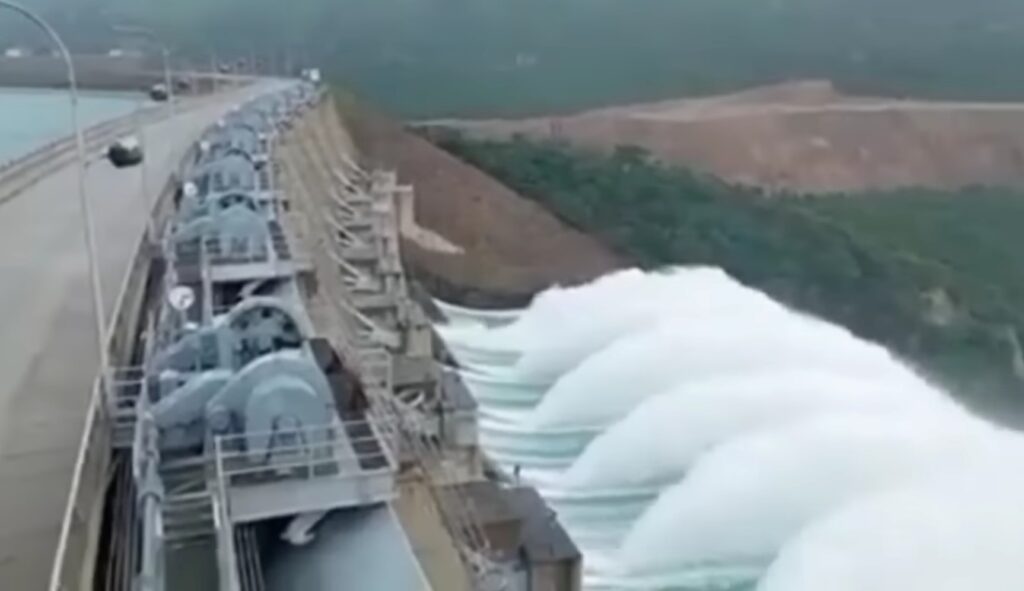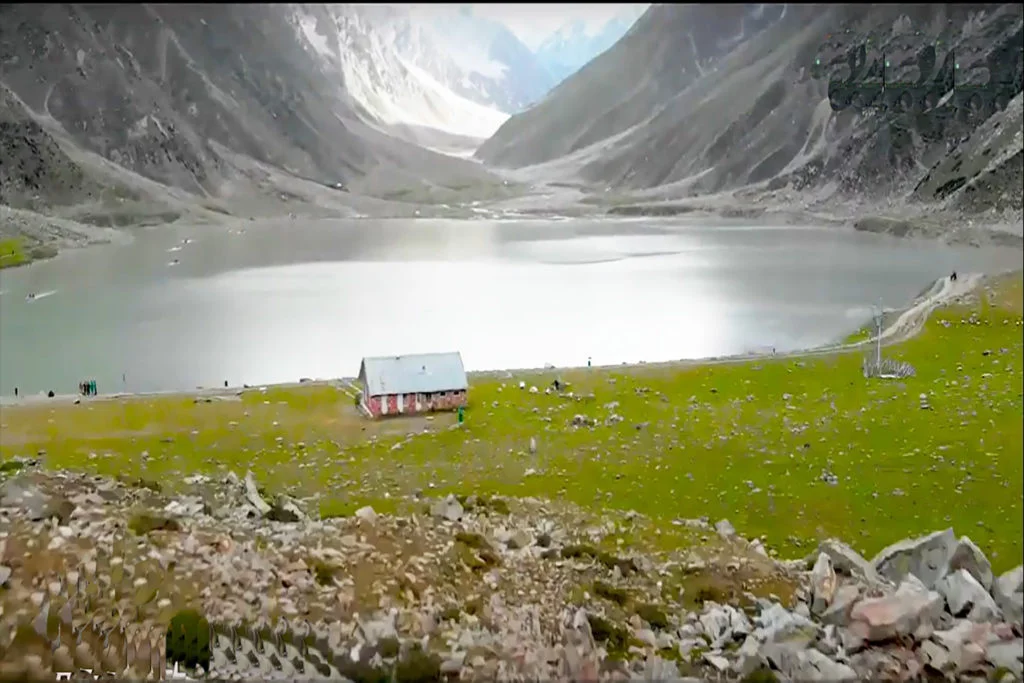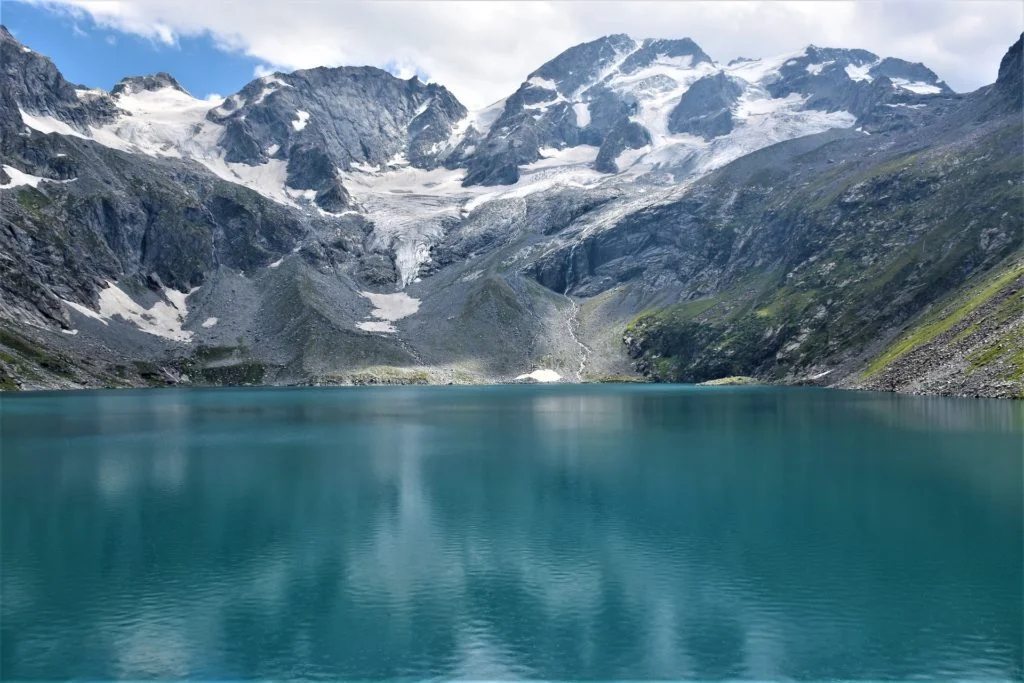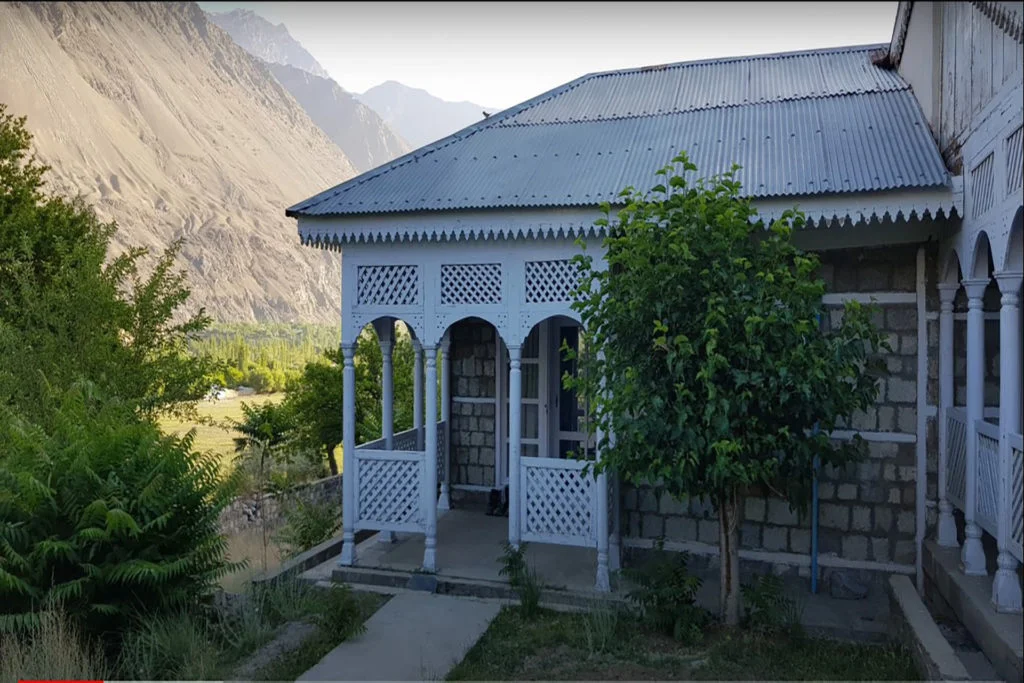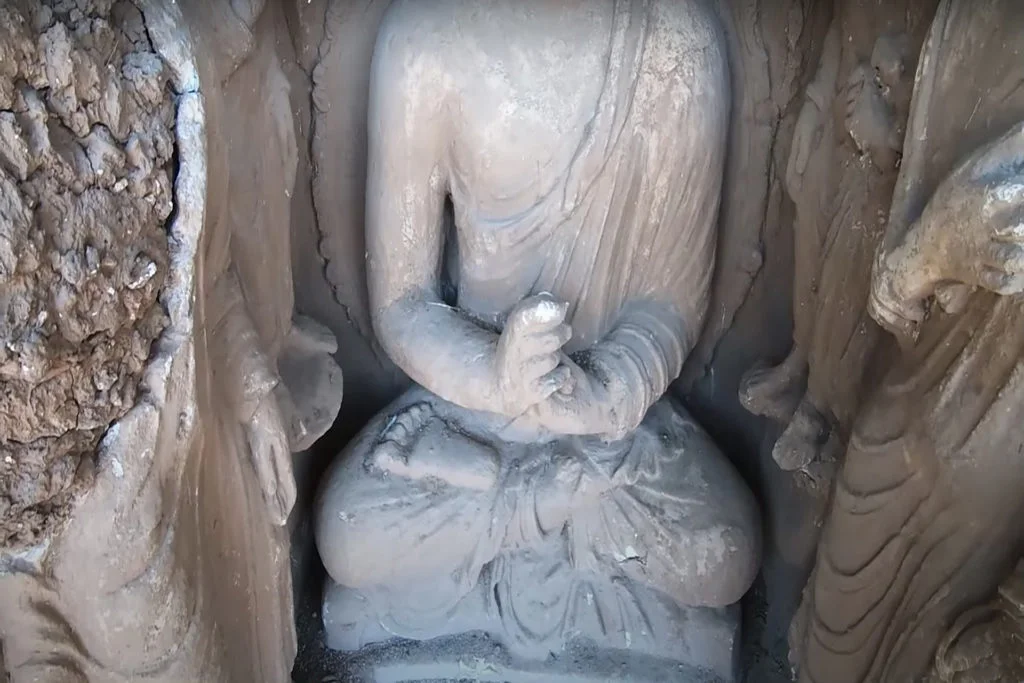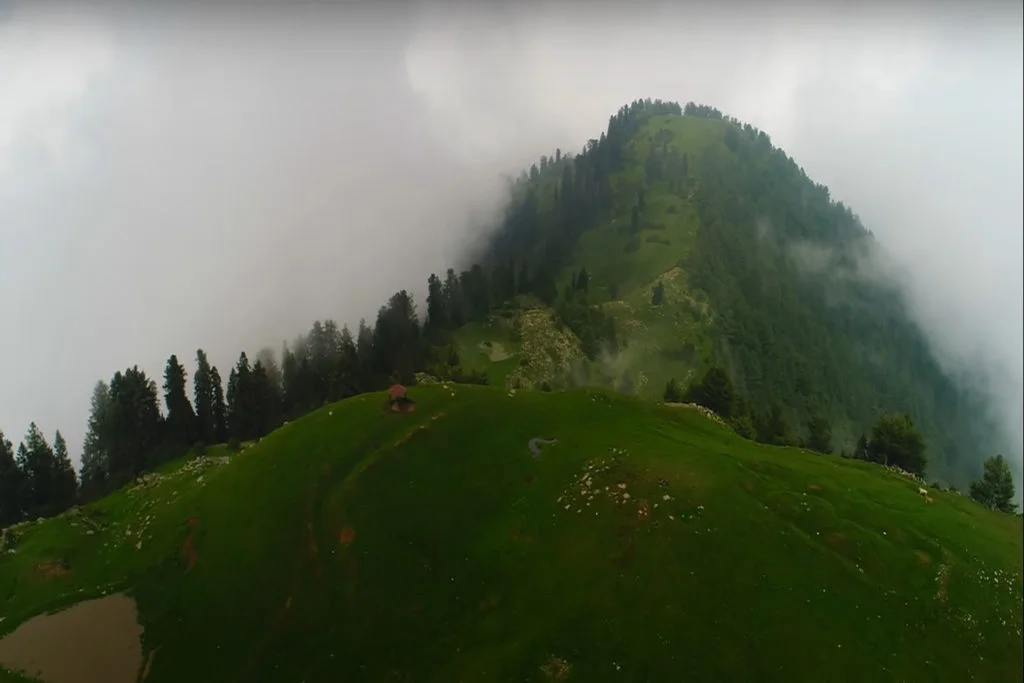Tarbela Dam is a symbol of Pakistan’s engineering and technological capabilities, serving as a major source of hydroelectric power and irrigation for the country. The dam has played a crucial role in the development of the region and has become a popular destination for tourists seeking to witness its majesty and learn about its history and significance.
Location of Tarbela Dam
Tarbela Dam, situated on the Indus River in Khyber Pakhtunkhwa province, Pakistan, stands as an engineering marvel and a symbol of the country’s progress and self-sufficiency.
Constructed in the early 1970s, the dam serves as a multi-purpose project, providing numerous benefits to the nation, including irrigation, flood control, hydroelectric power generation, and water supply for domestic and industrial use..
Tarbela Dam is a massive concrete gravity dam located on the Indus River in Khyber Pakhtunkhwa province of Pakistan. The dam is one of the largest earth-filled dams in the world and is considered to be a major source of hydroelectric power and irrigation for the country. It is situated about 50 kilometers northwest of Islamabad, the capital city of Pakistan.
History and Construction of Tarbela Dam
The idea for the Tarbela Dam was conceived as early as the 1950s when Pakistan recognized the pressing need for water management and hydropower generation to address the country’s growing demands.
The construction of Tarbela Dam began in 1968 and was completed in 1976. The project was a joint collaboration between the Governments of Pakistan and the United States, with funding from the World Bank. The dam was built to harness the potential of the Indus River, which is one of the longest rivers in the world, and provides water for agriculture, industry, and urban areas.
The dam’s construction was a challenging feat, given the rugged terrain and the scale of the project. The dam is made of earth and rock-fill and spans across the Indus River, creating a vast reservoir called Tarbela Lake, which is one of the largest artificial lakes in the world. It took over a decade to complete the construction, and the dam officially became operational in 1976.
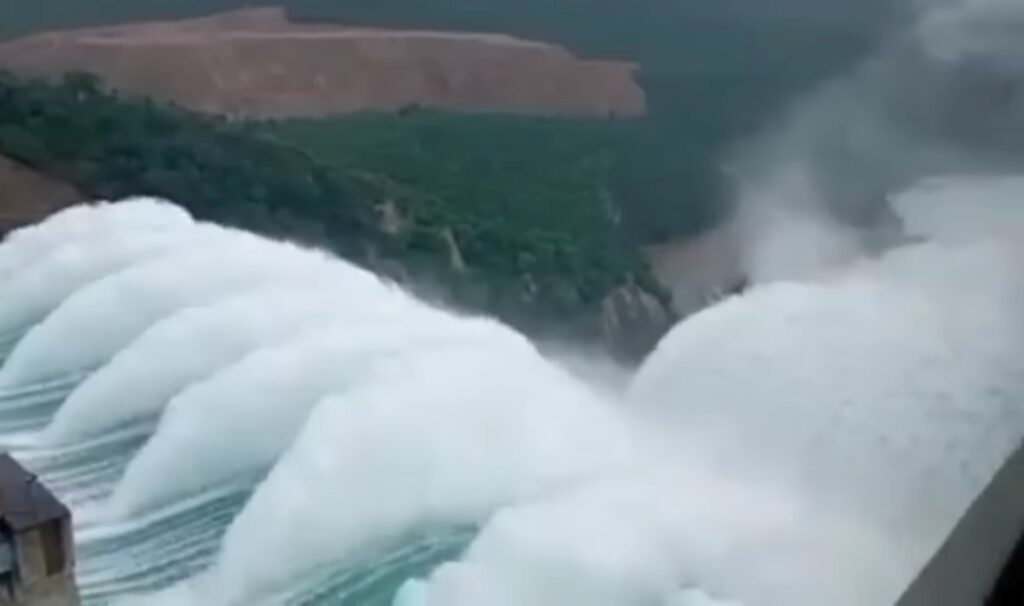
Total Height & Length of Tarbela Dam
Tarbela Dam has a height of 143 meters and a length of 2,743 meters, with a total storage capacity of 13.7 billion cubic meters of water. The dam’s reservoir is one of the largest artificial lakes in the world, covering an area of 250 square kilometers. The dam has a power generation capacity of 4,888 MW, making it one of the largest hydroelectric power stations in the world.
The Tarbela Dam project has been of great significance to Pakistan’s economy, providing essential water resources for irrigation and hydroelectric power for the country’s growing energy needs. The dam’s reservoir has helped to control flooding in the downstream areas of the Indus River, reducing the impact of natural disasters in the region.
Tarbela Dam has also become a popular tourist destination, attracting visitors from all over the world who come to witness the majesty of this engineering marvel. Visitors can take a tour of the dam’s facilities, including the power station, and learn about the history and significance of the project.
Tarbela Dam Capacity
The total storage capacity of Tarbela Dam is 13.7 billion cubic meters (BCM) of water, with a surface area of 250 square kilometers when the reservoir is full. This makes it one of the largest reservoirs in the world in terms of water storage capacity.
Importance and Benefits
Hydroelectric Power Generation: One of the most significant advantages of the Tarbela Dam is its capacity to generate electricity. With an installed capacity of over 3,400 megawatts, the Tarbela Hydroelectric Power Station is the largest power-producing facility in Pakistan. The dam plays a vital role in meeting the nation’s energy demands, reducing dependency on fossil fuels, and promoting sustainable and cleaner energy options.
Irrigation and Agriculture: The Indus River, which flows through the fertile plains of Pakistan, is the lifeline for agriculture in the region. The dam’s reservoir stores water during the monsoon season and releases it during the dry periods, providing a consistent water supply for irrigation. This has significantly improved agricultural productivity and boosted the livelihoods of millions of farmers.
Flood Control: Pakistan is prone to devastating floods during the monsoon season, leading to loss of lives and widespread destruction. The Tarbela Dam’s reservoir acts as a buffer, allowing controlled water releases during heavy rains, mitigating the impact of floods downstream. This has saved countless lives and reduced property damage.
Domestic and Industrial Water Supply: Tarbela Lake serves as a crucial water supply source for nearby towns and cities. The stored water is treated and distributed for domestic use, supporting a growing population’s needs and various industries in the region.
Tarbela Dam River
Tarbela Dam is located on the Indus River, one of the longest rivers in the world. The dam is situated in Khyber Pakhtunkhwa province of Pakistan, about 50 kilometers northwest of Islamabad, the capital city of Pakistan.
Environmental and Social Impact
While the Tarbela Dam brought numerous benefits to Pakistan, it also had some environmental and social implications. The dam’s construction resulted in the displacement of several villages, leading to the relocation of thousands of people. Although efforts were made to provide compensation and rehabilitation, some challenges related to resettlement persisted.
On the environmental front, the dam’s reservoir altered the river’s natural flow, affecting aquatic ecosystems and fisheries downstream. Additionally, sediment accumulation in the reservoir has been an ongoing concern, requiring regular maintenance to sustain the dam’s efficiency.
The Tarbela Dam is undoubtedly one of Pakistan’s most significant engineering achievements, reshaping the landscape of the country and improving the lives of millions of people. Its contributions to agriculture, energy production, flood control, and water supply have been transformative for the nation’s development.
However, it’s essential to continue exploring sustainable solutions to address the environmental challenges associated with the dam’s construction and operation. As Pakistan continues to evolve, the Tarbela Dam will remain a testament to human ingenuity and the potential of harnessing natural resources for the greater good.

